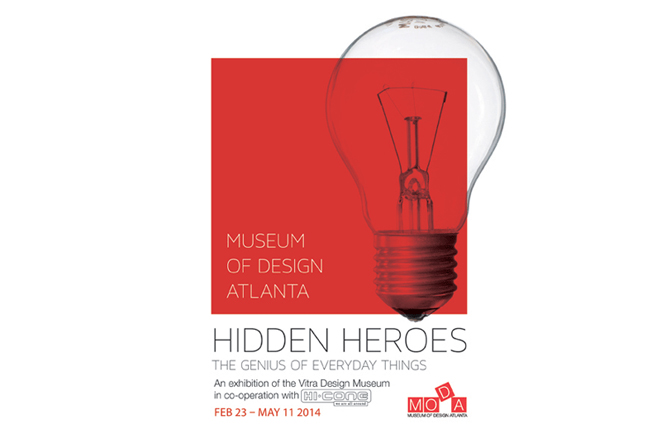“Hidden Heroes” opens at MODA
Last week I got to preview the Museum of Design Atlanta‘s latest show, “Hidden Heroes.” It highlights the stories behind the design of 36 ordinary objects (think paper clips, egg cartons, pencils, etc.) that have revolutionized the way we live. The most fascinating part of the exhibit—on loan from the acclaimed Vitra Design Museum in Germany—was learning that most of the items have remained essentially unaltered for decades, or sometimes even centuries. That’s truly a testament to the “genius of these everyday things.”
Here are some of my favorite displays:
The invention of tea bags was an accident. As the story goes, in the early 20th century, an American tea trader shipped samples of his tea in small silk packets. Some of his customers, dipped the unopened packets in hot water to test its quality.
The origin of the pencil dates back to the 16th century, when a graphite deposit was discovered in northern England. The term graphite is derived from the Greek word graphein, “to write.” For a long time graphite was mistakenly thought to be lead ore, which explains the misnomer of the word “lead” for the pencil core.
Post-it notes are a result of a failed invention. During the late 1960s, a scientist in 3M’s research lab was pursuing the development of a new, super-strong adhesive. Instead, he ended up with a weak glue that made things stick together, but also allowed them to be just as easily detached.
-Sejal Bhima











